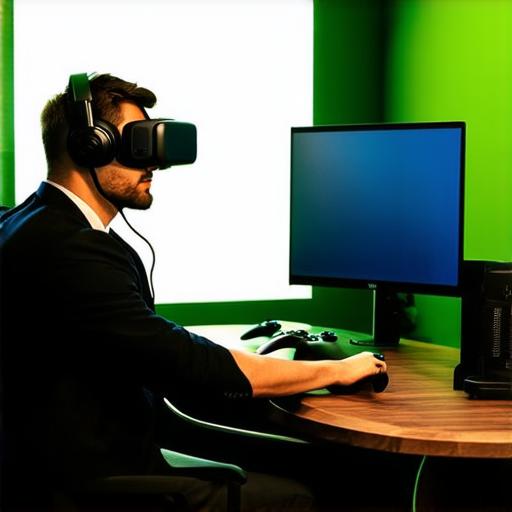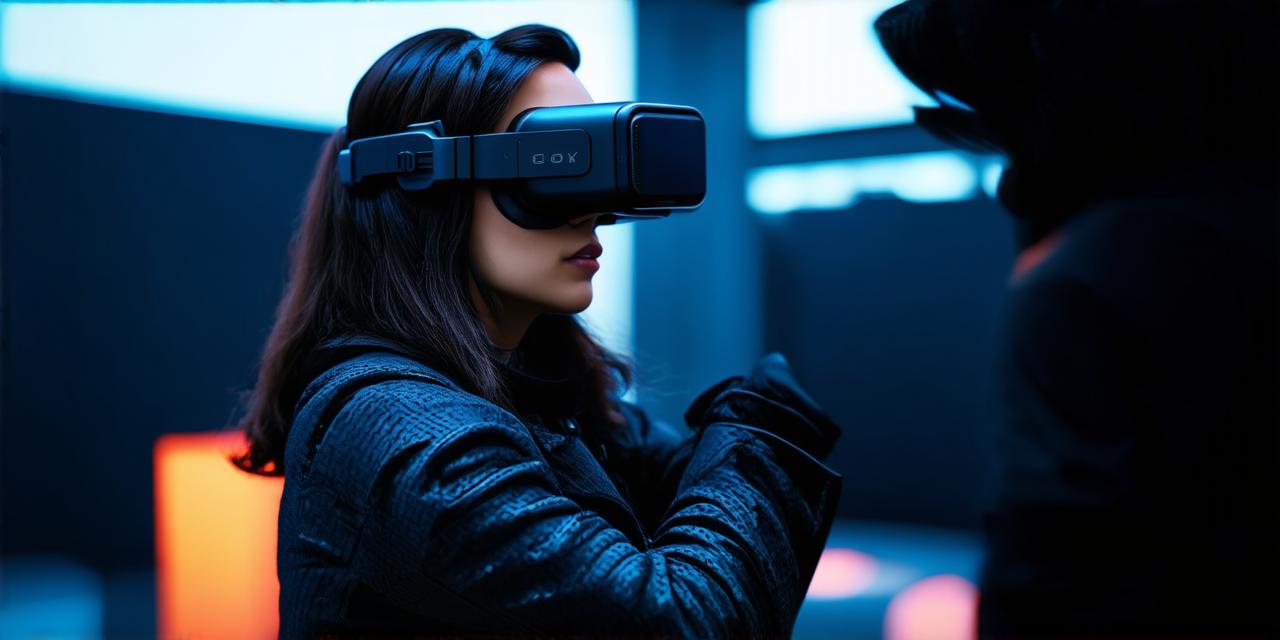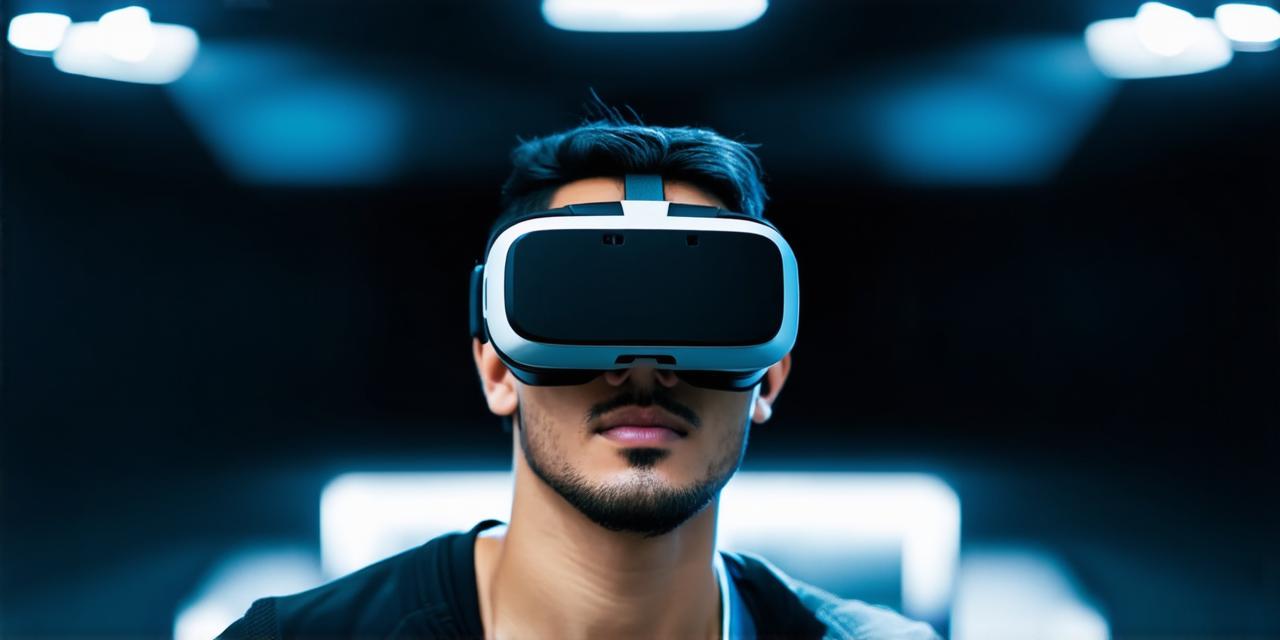What is Virtual Reality Exposure Therapy?
Virtual reality exposure therapy involves the use of computer-generated simulations to expose individuals to their fears or traumas in a safe and controlled environment. The goal of this type of therapy is to help patients gradually overcome their fear or trauma by repeatedly exposing them to it in a virtual setting.
How does Virtual Reality Exposure Therapy Work?
Virtual reality exposure therapy typically involves the use of specialized VR headsets and sensors that track the patient’s movements and interactions with the virtual environment. The therapist creates a customized virtual environment that simulates the patient’s feared or traumatic situation, taking into account all the sensory details that contribute to their fear or trauma.
Why Virtual Reality Exposure Therapy Matters
Virtual reality exposure therapy has been shown to be an effective treatment option for a wide range of mental health conditions, including anxiety disorders, phobias, and post-traumatic stress disorder (PTSD). It offers several advantages over traditional exposure therapy methods.
Firstly
Virtual reality exposure therapy is more immersive and realistic than traditional methods. By simulating the patient’s feared or traumatic situation in a virtual environment, therapists can create a more realistic and intense experience that better mimics real-life situations.
Secondly
Virtual reality exposure therapy is highly customizable. Therapists can create a virtual environment that’s tailored specifically to the patient’s needs, taking into account all the sensory details that contribute to their fear or trauma.
Finally
Virtual reality exposure therapy is more cost-effective and efficient than traditional methods. It doesn’t require a dedicated physical space, as the patient can conduct sessions in a therapist’s office or even their own home with specialized equipment. It also allows therapists to see multiple patients in a single session, which can be more time-efficient.
Real-life Examples of Virtual Reality Exposure Therapy
Virtual reality exposure therapy has been used successfully in several real-life examples. One such example is the use of VR to treat anxiety disorders in children with autism spectrum disorder (ASD). In a study conducted by researchers at Stanford University, children with ASD who underwent VR exposure therapy for social anxiety showed significant improvements in their ability to interact socially compared to a control group.
Another example is the use of VR to treat PTSD in veterans. In a study conducted by researchers at the University of Southern California, veterans who underwent VR exposure therapy for PTSD showed significant reductions in symptoms compared to a control group. The study also found that VR exposure therapy was more effective than traditional cognitive-behavioral therapy (CBT) in reducing symptoms of PTSD.

FAQs about Virtual Reality Exposure Therapy
Q: Is virtual reality exposure therapy safe for patients?
A: Yes, virtual reality exposure therapy is generally considered safe for patients. The therapist carefully monitors the patient during each session and can adjust the intensity of the simulations as needed to ensure safety. However, like any other form of therapy, it’s important to work with a qualified therapist who has experience using VR technology in treatment.
Q: How many sessions of virtual reality exposure therapy would someone need to see results?
A: The number of sessions needed for virtual reality exposure therapy can vary depending on the patient’s needs and progress. In some cases, just a few sessions may be enough to produce significant improvements in mental health outcomes, while others may require more extended treatment over several weeks or months.
Q: Can virtual reality exposure therapy replace traditional therapy methods entirely?
A: While virtual reality exposure therapy offers many advantages over traditional methods, it’s not suitable for everyone. It’s important to work with a qualified therapist who can determine the best treatment plan for each individual patient based on their specific needs and circumstances.
Summary
Virtual reality exposure therapy is an exciting and promising new approach to treating mental health disorders. By providing a more immersive, personalized, and cost-effective form of treatment, VR technology has the potential to revolutionize the way we think about and approach mental health care. As research in this field continues to grow, it’s likely that we will see virtual reality exposure therapy become an increasingly popular treatment option for a wide range of mental health conditions.




